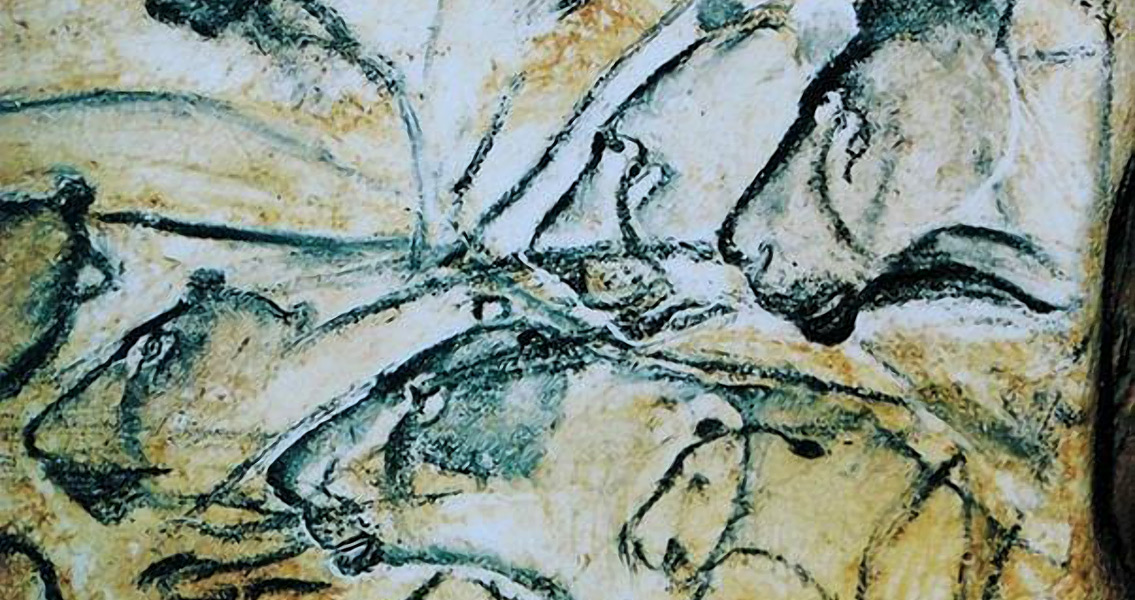<![CDATA[Autism might have played a role in the evolutionary success of modern humans, according to a recently published study. The conclusion has been reached through modern ethnographic study, as well as analysis of Upper Paleolithic cave art. Around 100,000 years ago a subtle but hugely significant change occurred in the trajectory of human evolution, one which saw individuals with unusual behaviour - such as those with autism, integrated into societies. This integration led to greater diversity; the authors of the study from the University of York suggesting that this variety could have been vital in shaping the course of human evolution. "We are arguing that diversity, variation between people, was probably more significant in human evolutionary success than the characteristics of one person." said Penny Spikins, senior lecturer in the archaeology of human origins at York University, in a press release. It's a conclusion that raises poignant questions, highlighting the crucial roles played by acceptance and integration in human history. At the heart of the team's conclusion is the idea of collaborative morality: the investment in the well-being of everyone in a group. The emergence of this morality would have allowed those with autism to not only be accepted but to also gain prestige for the unique skills they could offer. "It was diversity between people which led to human success and it is particularly important as it gives you different specialised roles." Spikins explained. "We are arguing that it is the rise of collaborative morality that led to the possibility for widening the diversity of the human personality." Autism and Autism Spectrum Disorder are in fact general terms for a host of complex disorders in brain development. They tend to be characterised by difficulties in verbal and non-verbal communication, repetitive behaviour and problems with social interaction. The disorders can manifest themselves in a host of different ways and with varying degrees of severity, including intellectual disability, motor or coordination problems, and attention or physical health issues. People with ASD have also been known to display exceptional skills in music, mathematics and art, enhanced memory abilities or a keener than usual awareness of animal behaviour. The authors of the study published in the journal Time and Mind argue that integration of people with such skills into a community would have played a vital role in the development of specialists. A compelling example comes from a 2005 ethnographic study of a reindeer herder from Siberia. The man held a remarkably detailed memory of the parentage, character and medical history of each of the 2,600 reindeer under his care. The grandfather, who was a respected member of his community with a wife, son and grandchildren despite being uncomfortable in the company of other humans, made a vital contribution to the management and survival of his reindeer herd, and the community as a whole. Of course, evidence of ancient autism is hard to detect. “The archaeological record doesn’t give us a skeletal record for autism, but what it does do is give us a record for other people who have various differences and how they have been integrated.” Dr. Spikins said. Clues concerning autism’s long history can be found in cave art and other artefacts, however. “There has been a long-standing debate about identifying traits of autism in Upper Paleolithic cave art.” “We can’t say some of it was drawn by someone with autism, but there are traits that are identifiable to someone who has autism. It was also roughly at that time that we see collaborative morality emerging.” Dr Spikins explained. The study can be found here Image courtesy of University of York ]]>
Did Acceptance of Autism Fuel Evolutionary Success?
